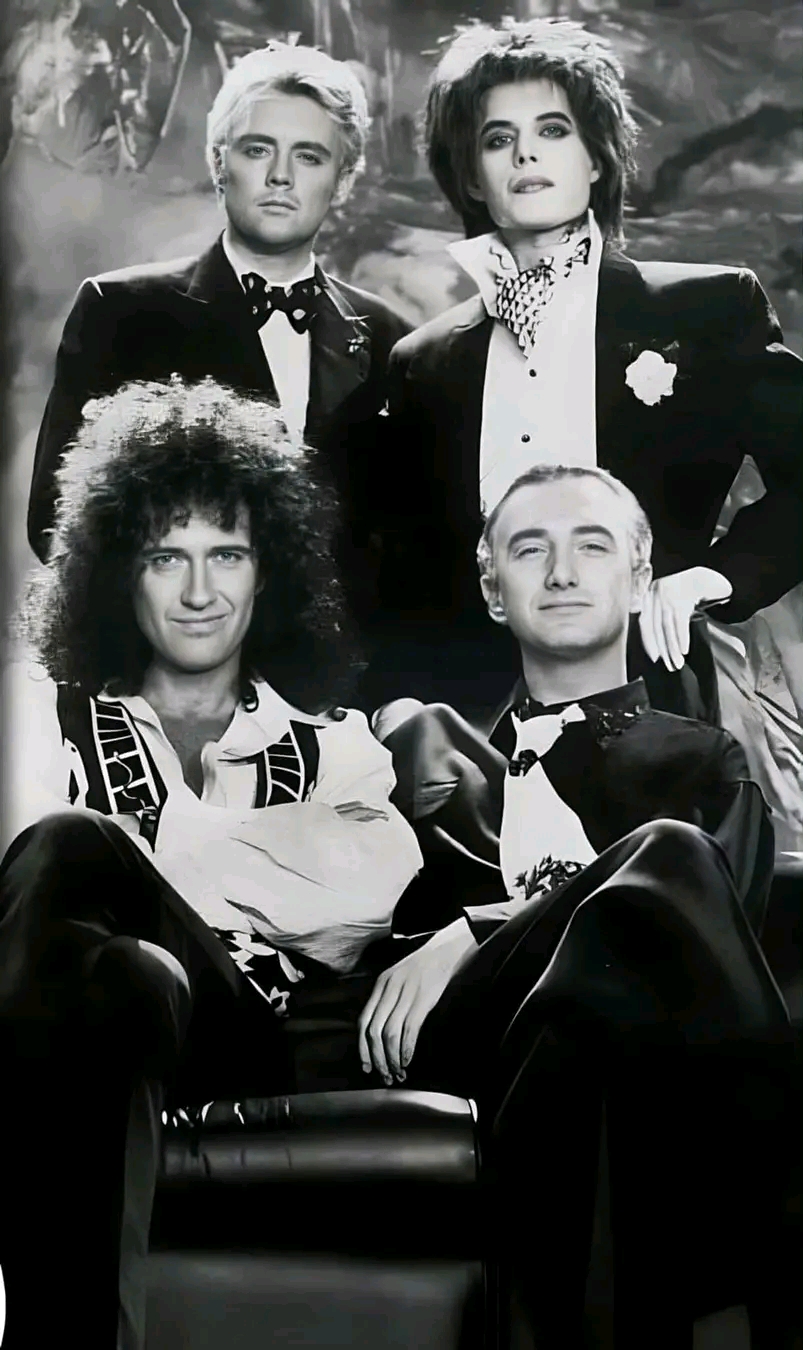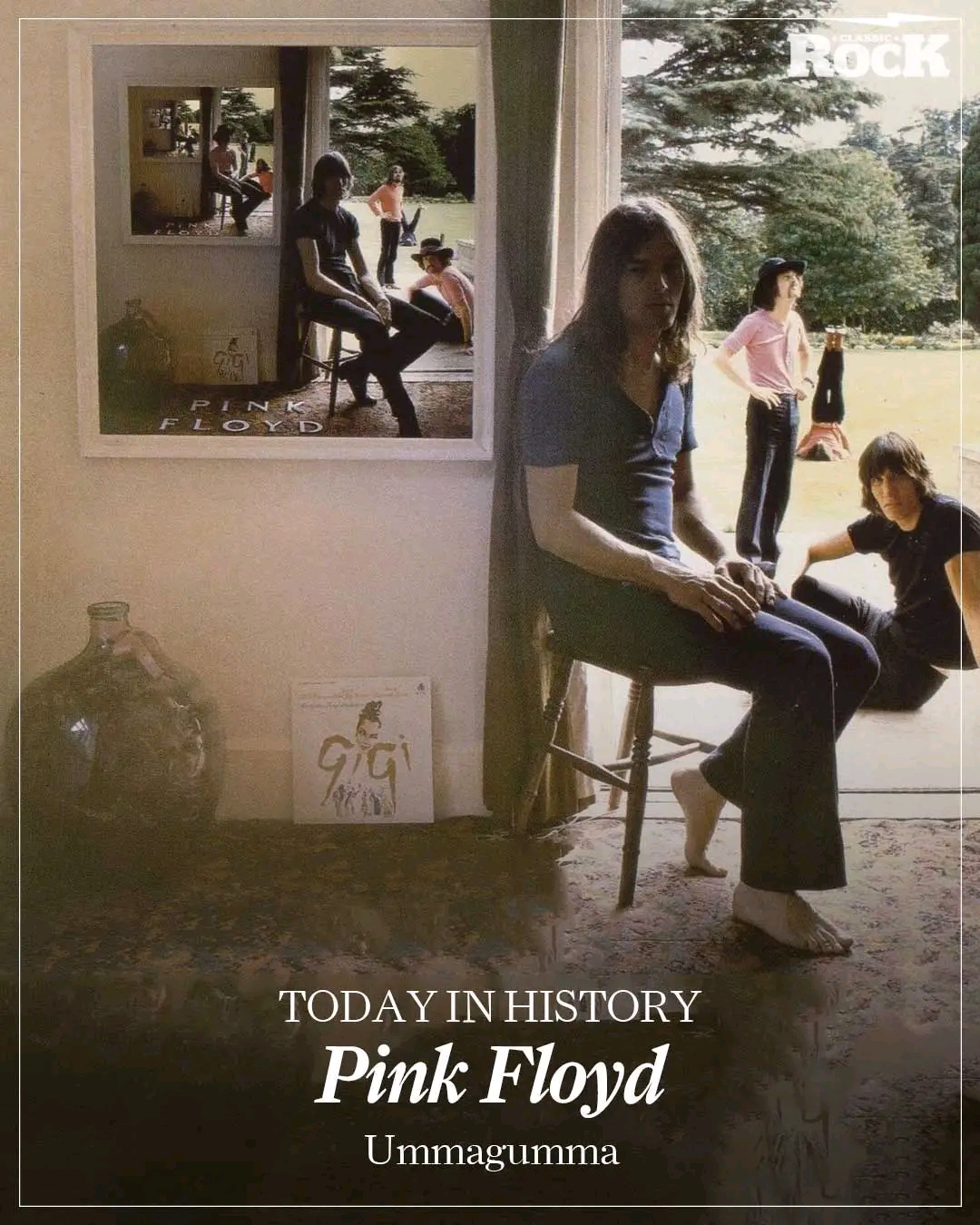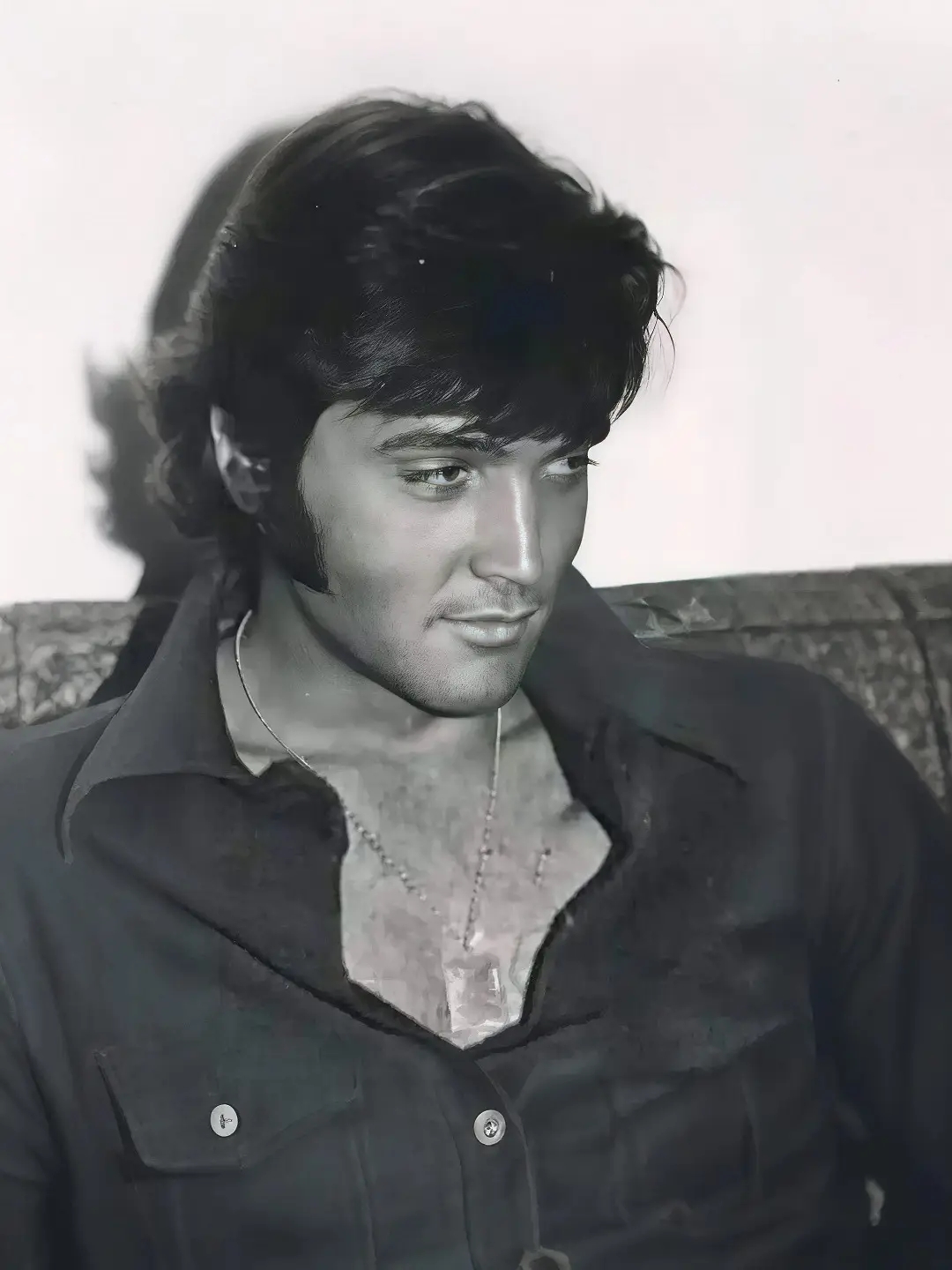Elvis Presley’s life was one of extraordinary triumph, adoration, and influence, yet his final moments revealed a poignant and heartbreaking truth: even legends can die alone. On August 16, 1977, inside the sprawling walls of Graceland, the King of Rock and Roll — whose voice had once filled stadiums and hearts around the world — slipped quietly from life, with no one by his side. Just a few steps away, his girlfriend slept unaware, leaving Elvis’s final breath in solitude. It was a cruel contrast to the adulation he had known for decades, a stark reminder that fame often masks the fragility of the human soul.
Those closest to Elvis had long witnessed his struggles. Years of relentless performing, chronic exhaustion, and the overuse of prescription medications had taken a toll on his body and spirit. Friends and family, accustomed to his legendary resilience, may not have fully grasped the severity of his decline. On that morning, his body finally gave out. Joe Esposito, his loyal friend and confidant, discovered him lifeless on the bathroom floor — a scene that captured the vulnerability behind the myth, the human cost of being “The King.”
Elvis’s passing was not only the end of an era in music; it was a stark illustration of the isolation that can accompany even the greatest fame. Behind the gold records, the sold-out concerts, and the global adoration was a man who, like any other, longed for connection, understanding, and peace. His death reminds us that the brilliance of a public life often obscures the quiet struggles of private moments, and that a legend’s human frailty can remain hidden until the very end.
Yet, despite the loneliness of his final moments, Elvis Presley’s spirit endures. It lives not in the silence of that August morning but in the immortal echo of his music, which continues to inspire, uplift, and connect listeners across generations. The King may have left the stage, but the love, energy, and humanity he poured into his art remain eternal — a testament to a life lived fully, loved deeply, and remembered forever.








